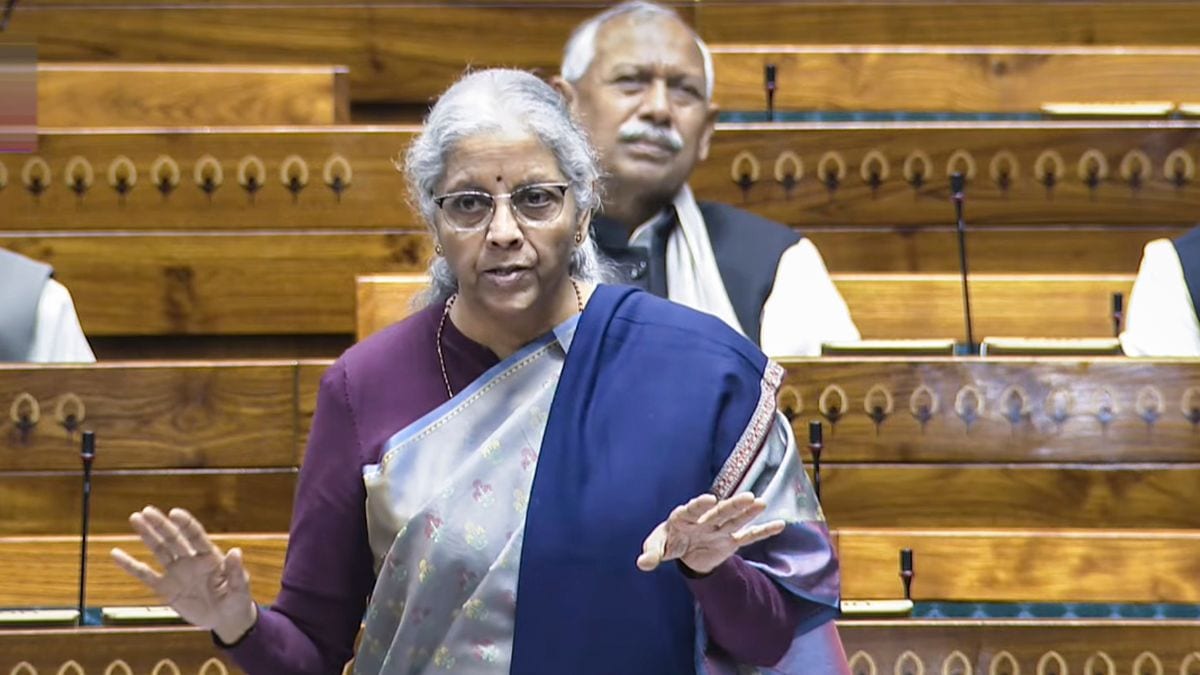Indian tech firms are increasing their focus on developing Indic/Indian language models for artificial intelligence (AI) enabled solutions, as more enterprises adopt these in wider areas of the country.
Regional language modelling has also become popular among cloud service providers as they spot an opportunity to capture more market share in a segment dominated by American giants like Amazon Web Services (AWS), Microsoft, and Google. It refers to training the AI in local (in this case non-English) languages and dialects such that it allows input, processing and output in regional languages.
Foreign firms led by these big American companies currently enjoy a 95% market share in the country, leaving Indian players like ESDS Software Solution, Tata Communications and others with just 5%.
“The opportunity here lies in developing Indian applications which will fill pockets of the country, but will require extensive localisation. While the Indian firms may not have billions to spend on R&D like Google and Microsoft, they can capture regional markets to grow their business,” an industry executive said.
Amazon alone has announced an investment of $12.7 billion towards cloud infrastructure in India by 2030, making it tough for domestic players to match investments and capture larger market shares.
“While BFSI sector is driving the need for sovereign clouds to maintain sensitive information locally, there is a business need to develop multilingual models, reflecting the diverse linguistic landscape of the country. A key priority is to work with Indian Indic language foundational models, and several Indian companies are already making strides in this direction,” said Neelakantan Venkataraman (Neel), vice president and global head of cloud and edge business, Tata Communications.
Even though the call for data residency (keeping the data within a country’s borders) is increasing, the American providers have also made investments to host Indian data on Indian land and are now giving the option to use enterprise encryption (as against their own encryption) to help localise data storage and access.
In such a scenario, local language modelling is the route most cloud players seem to be taking as more enterprises take digital transformation beyond the metros and urban markets.
“Agriculture, rural governance, consumer products, and manufacturing businesses understand the necessity of communicating with local communities in their native language. This trend is consistent with the Government of India’s Bhashini project, which aims to break linguistic barriers through AI-powered multilingual services,” Piyush Somani, founder and CEO, ESDS, said.
To service this need, companies are developing cloud solutions tailored to support multiple Indian languages, integrating AI-based translation and voice recognition, as is the case with ESDS. Tata Communications on the other hand has introduced AI Studio, a comprehensive platform designed to e-Your data has been truncated.









